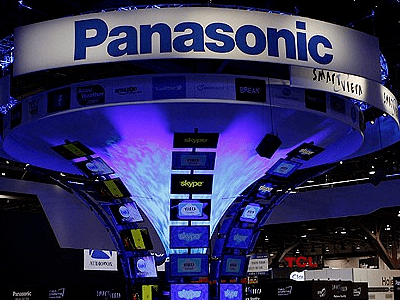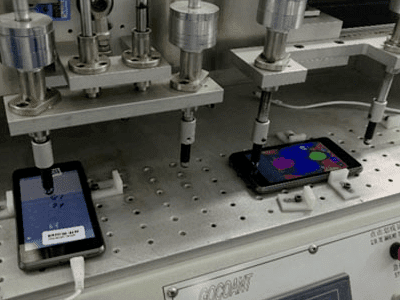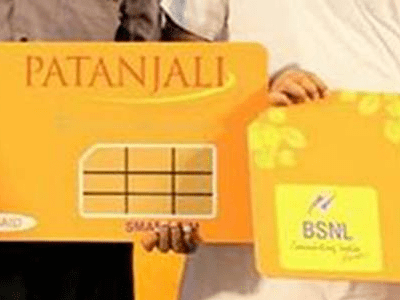Need for an integrated approach for India to emerge as a global ESDM manufacturing hub
As the ‘Make in India’ initiative of the Government of India seeks to strengthen the creation of new manufacturing capacities in the country, many state governments have or, are in the process of submitting their proposals for fostering one or more segments of the ESDM sector in their state by leveraging the programmes, policies and incentives notified by the central government. Typically, the composition of such proposals involves partnership from the respective state governments, an academic / research partner, as well as an industry partner.
One of the guiding factors considered while deciding for or against such proposals seems to be factoring in of the demand for the proposed products / components within the state, besides considering the national and global demands that could be served in due course of time.
But there is a fundamental flaw with this approach. At some level we are ignoring the fact that such an approach will only create competition amongst the states for scarce resources, as each will aspire for a share of the same (market) pie. Let me explain this through a suitable example.
Let us consider a scenario where two state governments submit proposals for an EMC (Electronics Manufacturing Cluster) with focus on Medical Electronics. While submitting their proposals, they must have factored in demand for Medical Electronics products in their respective states and also looked at the larger national and global demand. Viewed in isolation, each of these proposals will appear to be very impressive and promising sustainability and growth. But, when we take an integrated look at these, we may see a lot of overlap in terms of what they aim to achieve. This is the problem and poses operational, marketing and business challenges for both the projects.
Electronics, without any doubt, has huge potential and the nature of the product is such that because of its portability – be it at the component level or at the product level, its manufacturing is not necessarily constrained to any single location, except in very few cases.
Globally, across many segments of electronic products, some emerging products and disruptive technologies are taking shape. These areas are niche, have a lot of potential for customisation and personalisation, offer a large market potential and use case, and are in sync with the technology trends and product roadmaps being envisioned at the moment.
Therefore, Government of India needs to have an integrated approach towards approval of proposals for setting up electronics clusters and other projects coming from state governments. Here is a suggested process to coordinate the efforts of different state governments, so that collectively as a nation, we cover as many potential product areas as feasible, without unnecessarily creating internal competition among states at the very nascent stage of our ESDM journey.
Assess: The first step that should be undertaken at the national level is a granular assessment of the opportunities through which the ESDM manufacturing journey could begin for the country. Now this is not an easy task. While we have to follow the learning curve, we have also to learn fast, probably take a ‘quantum jump’ to be able to cater to the emerging areas. At the same time, we have to be disruptive in approach and try to find an alternative answer to the problems that are being addressed in some way at the moment. So, while we follow the world trends, we have also to be trend setters.
Many state governments assume different yardsticks to arrive at the ESDM segments they believe they should focus on. But in my opinion, that should not be the way. It has be a coordinated and cohesive effort that can only be driven at the central level to best address national interests. So, DeitY needs to come up with a list of ESDM opportunity areas in which state governments can submit proposals and justify why they feel they are the best to address the particular opportunity.
One of the measures DeitY could look at is to conduct a comprehensive study and develop a roadmap in terms of focus at a national level and invite proposals from state governments within those areas. However, if there is anything disruptive and novel that a state has to offer, that may be considered as an exception.
The other way is to keep a close watch on the global trends in the ESDM space and formulate a list of high potential opportunity segments. In the present context the list would look like somewhat similar to the one below:

DeitY could also prepare such a focus list after the assessment stage and throw these open for states to develop proposals around.
Invite: Once the focus at the national level has been defined in the assessment stage, these themes / market segments should be thrown open to states to decide upon which of the product(s) they would like to take forward. Of course, the state governments should be required to come with a comprehensive plan and proposal about how they intend to achieve the stated goal(s).
Approve: Based on the quality and comprehensiveness of the proposal submitted by a state, the theme / market segment / product or component they have proposed should be offered to them for developing manufacturing in their state. This area should then be struck off the focus list and no other proposal for any state should be entertained unless it addresses a gap within what some other state has proposed earlier. In this manner, our national resources can be distributed equitably among all the focus areas, and each state would strive to gain competency in its assigned domain, thereby nurturing the national cause in a holistic manner. As a result, a proper mapping will be done between an ESDM vertical / product segment / component and a state. However, any state would be free to opt for as many ESDM verticals or products or components, depending on its competency and resources.
The intent of proposing this process is that we do not duplicate efforts and at the same time leave no area of strategic importance unaddressed. We cannot wait as a nation for a state to prove its capabilities in one domain and then take over another. India can develop into a leading ESDM manufacturing destination if the states, which are by themselves self-reliant engines of economic growth, work in a coordinated fashion to achieve leadership in many areas simultaneously. In this manner we could see a lot of ESDM manufacturing taking root in the country within a very short span of time, and the states developing from a well thought out collaborative approach, rather than needless competition that would lead to dispersion of scarce resources and a lower overall achievement.












